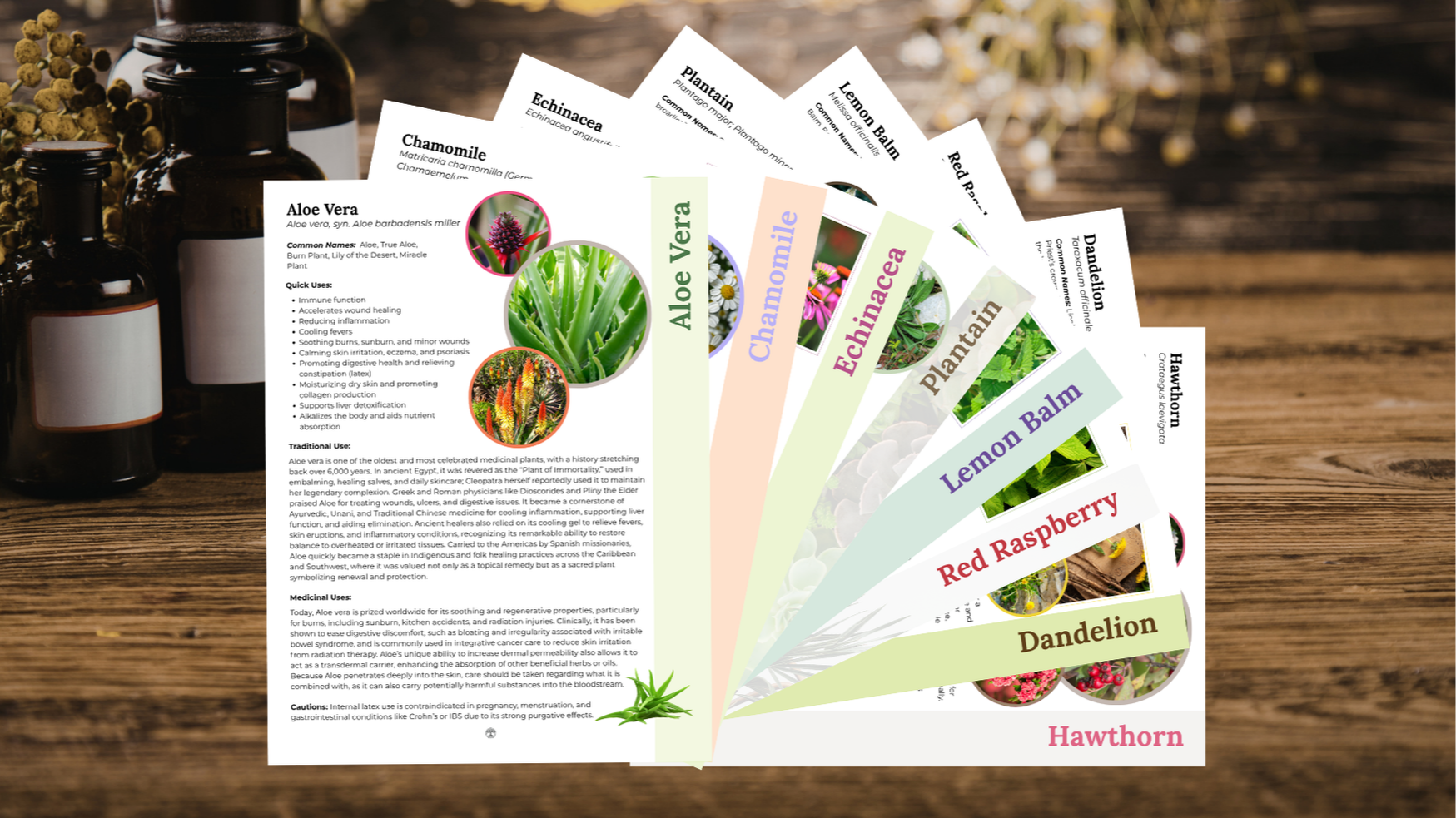
Cacao vs. Cocoa - What's the Difference?
Jul 15, 2025
Cocoa and cacao may sound like twins, but they’re more like cousins with very different personalities. Cocoa and cacao powders both come from the same source, the Theobroma cacao tree, but they’re far from identical. While people often use the terms interchangeably, the real difference lies in how they’re processed. That processing affects everything from their flavor and texture to their nutrient density and overall health benefits.
Cacao Powder: Raw, Nutrient-Rich Superfood
Cacao powder is made by cold-pressing unroasted cacao beans to remove the cacao butter, leaving behind a nutrient-rich, dry cake. This cake is then finely ground into a dark, bitter powder that retains much of the original bean’s antioxidants, minerals, and natural compounds. Because it’s minimally processed and not exposed to high heat, cacao powder preserves more of its health-promoting properties than traditional cocoa.
-
Flavor: More bitter and earthy, but far richer in nutrients
-
Processing: Minimal heat means more flavonoids, magnesium, iron, and theobromine stay intact
Health Benefits:
-
Higher in antioxidants, especially flavonoids that support heart health, brain function, and reduce inflammation
-
Excellent source of magnesium, which aids in muscle recovery, mood balance, and energy
-
Natural iron source, particularly helpful for plant-based diets
-
Contains theobromine, a gentler stimulant than caffeine with mood-boosting effects
-
Thought to support cardiovascular health, reduce blood pressure, and improve cognitive function
Cocoa Powder: Roasted, Milder Classic
Cocoa powder is made by roasting cacao beans at high temperatures, which changes their chemical structure and reduces their natural bitterness. After roasting, the beans are pressed to remove the fat (cacao butter), and the remaining solids are ground into a fine powder. This process results in a smoother, more mellow flavor, but it also diminishes some of the beans’ original nutrients and antioxidants.
-
Flavor: Smoother, richer, more chocolatey, and less bitter.
-
Processing: High heat reduces bitterness but also destroys many of the delicate antioxidants.
-
Common Forms:
-
Natural cocoa powder – slightly acidic, great for baking with baking soda.
-
Dutch-processed cocoa – treated with an alkalizing agent to reduce acidity, resulting in a darker color and milder taste.
-
Health Impact:
-
Lower in antioxidants compared to cacao
-
Still provides flavonoids, but fewer
-
Typically contains additives or is sweetened in commercial blends
And the Winner is...
If you're looking for flavor and nostalgia over nutrients, cocoa powder has its place. But, if you're after health benefits and nutrient-density, raw cacao powder is the real MVP. It’s a small switch that can make a big impact in your smoothies, energy balls, and health.
Kristi Taylor, M.H.



